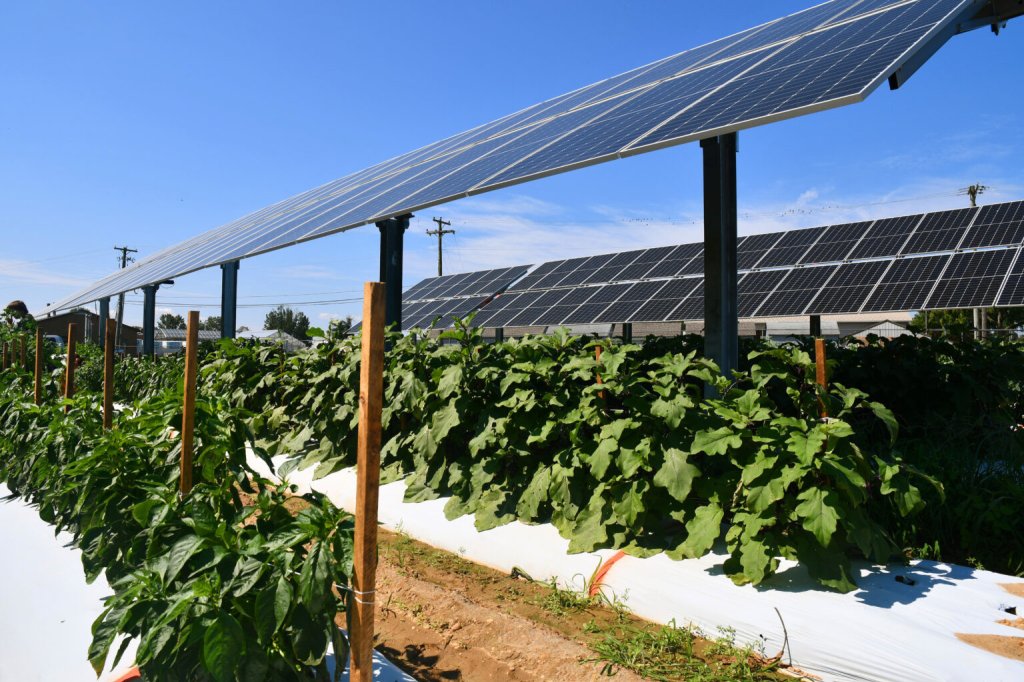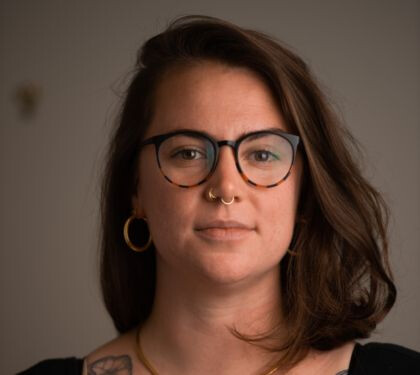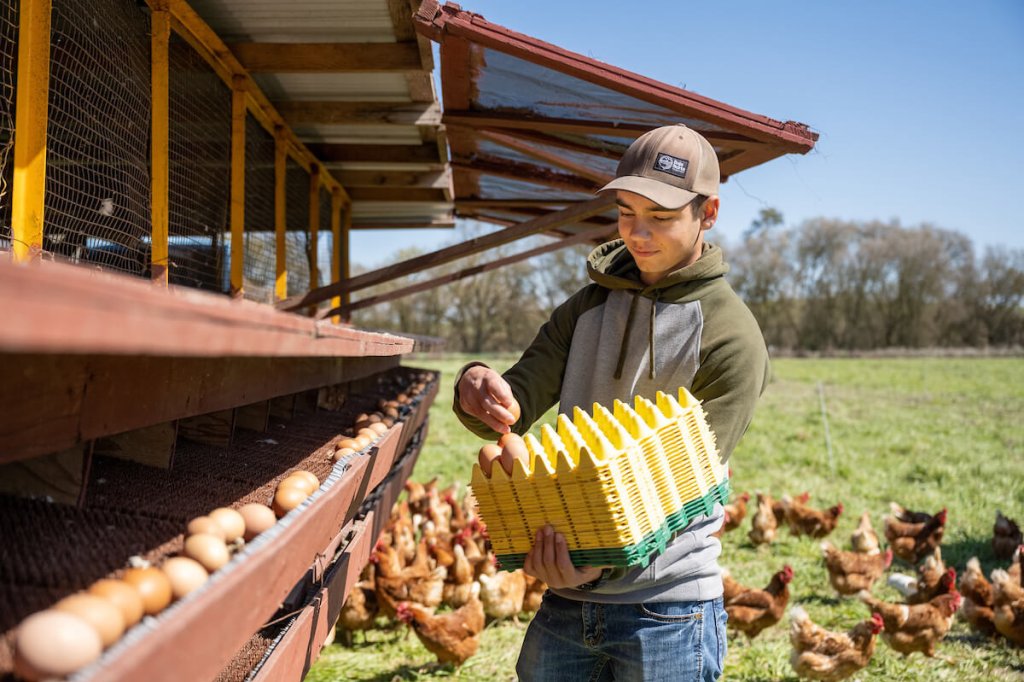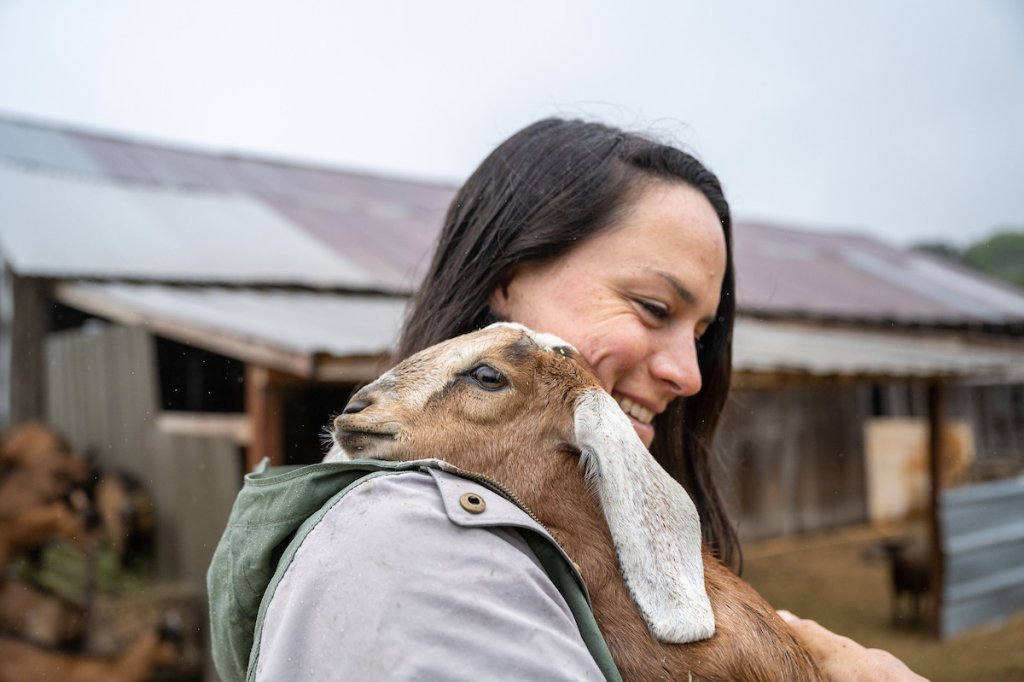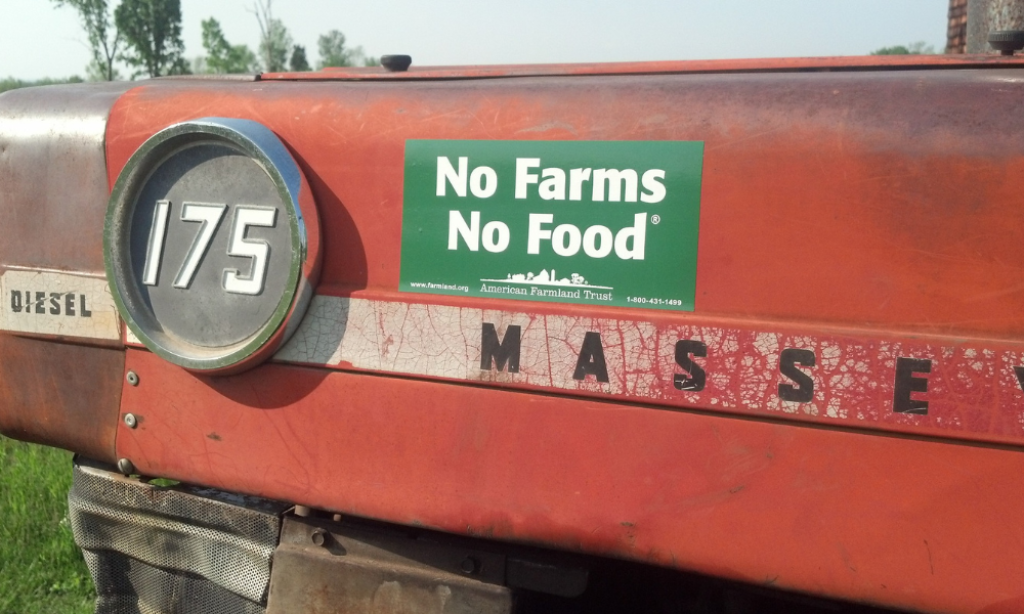A Beginning Farmer’s Perspective on Agrivoltaics: Saphan Pickett of Grow Folk Urban Farmhouse
A few weeks ago, we held the inaugural Technical Assistance Program for Agrivoltaics (TAPAS) farmer training at Rutgers’ Agricultural Research and Extension Center. This program, in partnership with Rutgers, is designed by our own Christina Couch to equip farmers with the knowledge and tools they need to integrate solar energy into their operations. By doing so, we hope to enhance viability, preserve farmland and ranchland, and ensure farmers can actively contribute to New Jersey’s clean energy goals.
Among the attendees at the TAPAS training were a diverse group of farmers, including permaculture, dairy, and urban farmers like Saphan Pickett. She started farming in Maryland to provide healthier food options and preserve ethnic crops that aren’t easily found in grocery stores. However, during the pandemic, she lost access to her land when the owner passed away, and his heirs chose not to continue the lease. She moved back to her home state of New Jersey, but she could only afford a house with just 0.18 acres due to high land prices. When she learned about agrivoltaics, she saw it as a potential solution to her land access challenges, amongst other benefits.
For Saphan, agrivoltaics isn’t just about financial stability—it’s about creating a sustainable farming model that can support her community for generations. “It seems like it might actually harmoniously work with what I wanna do. It’s creating shade, it’s creating income, you know, which is another major shortcoming, especially with beginning farmer startups. Then to hear how it can help specifically in the urban area. That’s when I was like I’m sold, how do we get this going?” she shared.
However, like some farmers, Saphan is cautious. The involvement of developers in agrivoltaics projects can be intimidating, and she’s concerned about navigating the complexities of long-term contracts and land leases. “I have some hesitancy, but it’s not insurmountable,” she said. “When you hear the word ‘developer,’ you automatically feel taken advantage of. But the key is learning what cards you really hold in your hand. I’ll be depending on AFT and the programming that [they’re] bringing forward in order to feel secure. I don’t think I would wanna involve myself in this process alone.”
This is where AFT’s role and these farmer trainings become crucial—providing the support and expertise farmers need to confidently navigate all the complexities that come with agrivoltaics.
Agrivoltaics is a lifeline for farmers: Traditional solar-only projects often take land out of agricultural production or prevent land from being used for farming in the future. Agrivoltaics offers a solution by allowing the same piece of land to serve both purposes. This approach not only preserves farmland but can also enhance it. For example, solar panels can provide shade that protects crops and livestock, conserves water, and even improves growing conditions, making it a win-win for farmers and the environment.
Agrivoltaics opens new pathways and land access for both land-owning and non-land-owning farmers: There’s a compelling economic reason for solar energy’s integration with agriculture. It’s beneficial to a landowner because solar developers will pay 8-10 times more per acre and it’s beneficial to a landowner working with a farmer because they’re ensuring that agricultural practices continue. Agrivoltaics also provides a real opportunity for historically underserved producers to access land, opening doors for those who have traditionally faced challenges in securing land.
Solar makes sense,” emphasizes Saphan. “It’s working across the waters and in continental Africa. Farmers are using solar, and they’re not connected to any grid. In Jersey, there will be no gas-powered engines sold after 2035, so maybe we should start learning about these electrical vehicles. But how are we going to charge our pickup? How can we run our well pumps? How can we power a mobile office? Solar is the key.
If you’re a farmer or rancher interested in learning more about agrivoltaics, check out these resources below or reach out to us directly by contacting one of our Smart Solar staff members:

